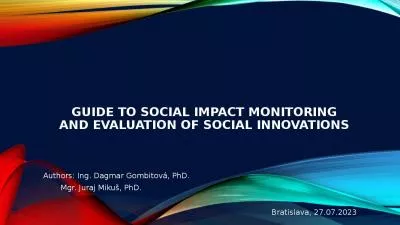PPT-EXTENDING EVALUATION TOWARDS REGULATORY IMPACT
Author : tatiana-dople | Published Date : 2018-12-17
ASSESSMENT TO REDUCE REGULATORY BURDENS A NEOINSTITUTIONAL STUDY OF CONTEXT INTERNATIONAL IMPULSES AND FINNISH EXPERIENCES Pertti Ahonen Petri Uusikylä
Presentation Embed Code
Download Presentation
Download Presentation The PPT/PDF document "EXTENDING EVALUATION TOWARDS REGULATO..." is the property of its rightful owner. Permission is granted to download and print the materials on this website for personal, non-commercial use only, and to display it on your personal computer provided you do not modify the materials and that you retain all copyright notices contained in the materials. By downloading content from our website, you accept the terms of this agreement.
EXTENDING EVALUATION TOWARDS REGULATORY IMPACT: Transcript
Download Rules Of Document
"EXTENDING EVALUATION TOWARDS REGULATORY IMPACT"The content belongs to its owner. You may download and print it for personal use, without modification, and keep all copyright notices. By downloading, you agree to these terms.
Related Documents

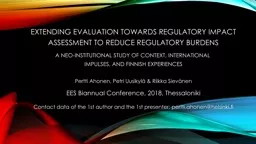

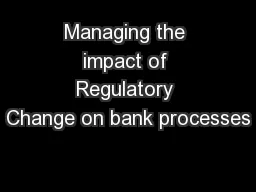
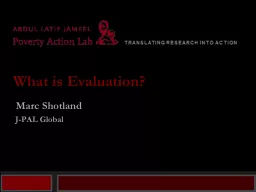
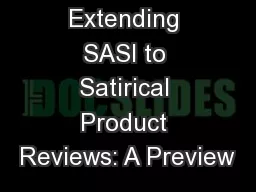



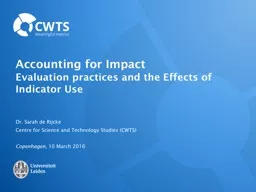
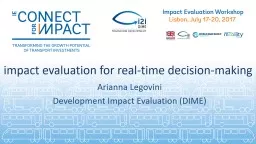

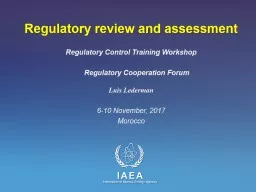
![[DOWLOAD]-Extending and Modifying LAMMPS Writing Your Own Source Code: A pragmatic guide](https://thumbs.docslides.com/987883/dowload-extending-and-modifying-lammps-writing-your-own-source-code-a-pragmatic-guide-to-extending-lammps-as-per-custom-simulation-requirements.jpg)
